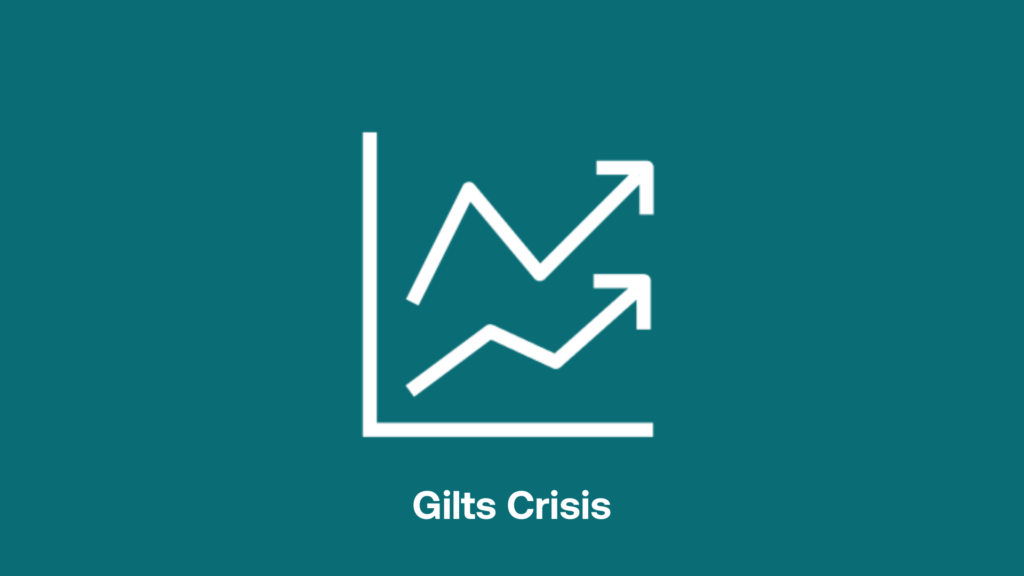Liability-Driven Investing (LDI) at Cardano
Cardano was founded as an LDI manager over 20 years ago, and we are still one of the largest LDI managers in Europe.
LDI helps stabilise a scheme’s funding level and protect members and sponsoring employers from unintended volatility. This is accomplished when trustees decide to invest a portion of scheme assets in carefully chosen Gilts and Gilt-based instruments so that assets move in-line with liabilities when interest rates and inflation change.
LDI at Cardano
Have schemes learned the lessons from the Gilts crisis?

If you'd like a price or a plan…
We get it. The benefits of bespoke LDI must exceed incremental costs, if any – and the transition must be efficient.
If you share a small amount of information about your current LDI arrangements e.g. size of hedge, we’ll offer you our LDI fee and an indicative transition plan to help weigh the pros and cons.

Gilt market turmoil
As a result of the Gilt Crisis in 2022, pension schemes’ funding levels were impacted, hedges were reduced, and trustee governance models were tested. The Bank of England had to intervene in the gilt market to restore market functioning when sharp and rapid rises in gilt yields led to widespread selling of gilts by pension schemes’ LDI arrangements. As a result of these events, recommendations have been made by various industry and government bodies to improve the resilience of LDI to market events.









